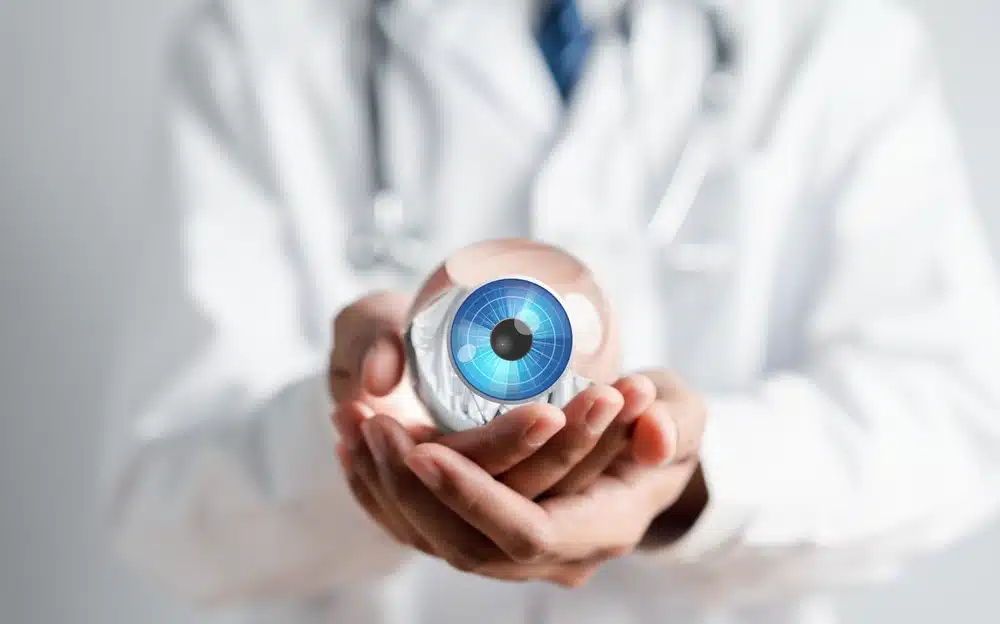All Categories
Featured
Our eyes are among the most vital parts of our body, enabling us to interact with and experience the globe. Many of us typically overlook the health of our eyes up until problems arise. Eye issues can vary from light pain to more serious problems that can affect vision permanently. Understanding common eye issues and how to avoid them is important for preserving eye health throughout life. In this blog, we'll review a few of one of the most usual eye problems and offer pointers on how to secure your vision.
- Dry Eyes:
Dry eye disorder happens when your eyes do not create adequate tears or the ideal top quality of rips to maintain them oiled. Signs and symptoms consist of a stinging, burning sensation, or the sensation of something being stuck in your eye. Ecological variables like a/c, smoke, and lengthy hours of looking at a computer screen can intensify this condition.

Prevention:
Blink frequently when making use of digital tools to ensure your eyes remain damp. Use artificial tears if needed. Try a humidifier in completely dry settings. Remain hydrated and shield your eyes from wind and smoke. 2. Cataracts:
A cataract is the clouding of the lens in your eye, which can create fuzzy vision, trouble seeing at night, and light level of sensitivity. It usually takes place as component of the natural aging process, yet specific factors such as UV exposure, cigarette smoking, and diabetes mellitus can increase the threat.
Avoidance:
Use UV-blocking sunglasses when outdoors. Stop smoking and take care of diabetes mellitus to decrease the danger. Consume a healthy and balanced diet rich in antioxidants, such as leafy eco-friendlies, nuts, and fish. 3. Glaucoma:
Glaucoma is a team of eye diseases that damage the optic nerve, commonly triggered by enhanced eye stress. It can lead to long-term vision loss if left untreated. Given that glaucoma usually creates gradually, there may be no early signs, making routine eye tests critical.
Prevention:
Get normal eye check-ups to check eye pressure. Follow prescribed therapies if identified with glaucoma. Exercise routinely to enhance flow and reduce eye pressure. 4. Age-Related Macular Degeneration (AMD):
AMD impacts the macula, the part of the retina in charge of sharp central vision. This problem can bring about vision loss, especially in older adults. Early indicators include problem reading or seeing faces plainly.
Prevention:
Shield your eyes from UV light by wearing sunglasses. Preserve a healthy diet plan rich in vitamins C and E, zinc, and omega-3 fatty acids. Prevent smoking, which can accelerate AMD development. 5. Conjunctivitis (Pink Eye):
Conjunctivitis is the inflammation of the slim cells covering the white component of the eye, commonly triggered by microbial or viral infections. Signs include inflammation, irritation, and watery discharge from the eyes.
Avoidance:
Laundry your hands regularly and avoid touching your eyes. Stay clear of sharing individual items like towels or makeup. Keep away from infected individuals to avoid the spread. 6. Refractive Mistakes (Near-Sightedness, Far-Sightedness, Astigmatism):
Refractive errors happen when the form of the eye stops light from focusing properly on the retina. Signs and symptoms include blurry vision at various ranges, depending on the kind of refractive error.
Avoidance:
Frequently go to an eye medical professional for eye examinations. If necessary, use rehabilitative lenses such as glasses or call lenses. Exercise great eye hygiene to stay clear of stressing your eyes. Conclusion:
Keeping eye wellness calls for a mix of preventative actions and routine eye tests. By being conscious of typical eye troubles and following straightforward suggestions for avoidance, you can keep your eyes in great problem and make sure optimal vision for several years to find. Remember, it's never ever also early to start caring for your eyes, so act today!
Latest Posts
Signs When Your Car Needs Expert Auto Repair at Montclare Auto Repair
Find Auto Services & More: Complete Auto Care Solutions from Montclare Auto Repair
Recognizing When Your Car Needs Expert Car Repair at Montclare Auto Repair
More
Latest Posts
Signs When Your Car Needs Expert Auto Repair at Montclare Auto Repair
Find Auto Services & More: Complete Auto Care Solutions from Montclare Auto Repair
Recognizing When Your Car Needs Expert Car Repair at Montclare Auto Repair